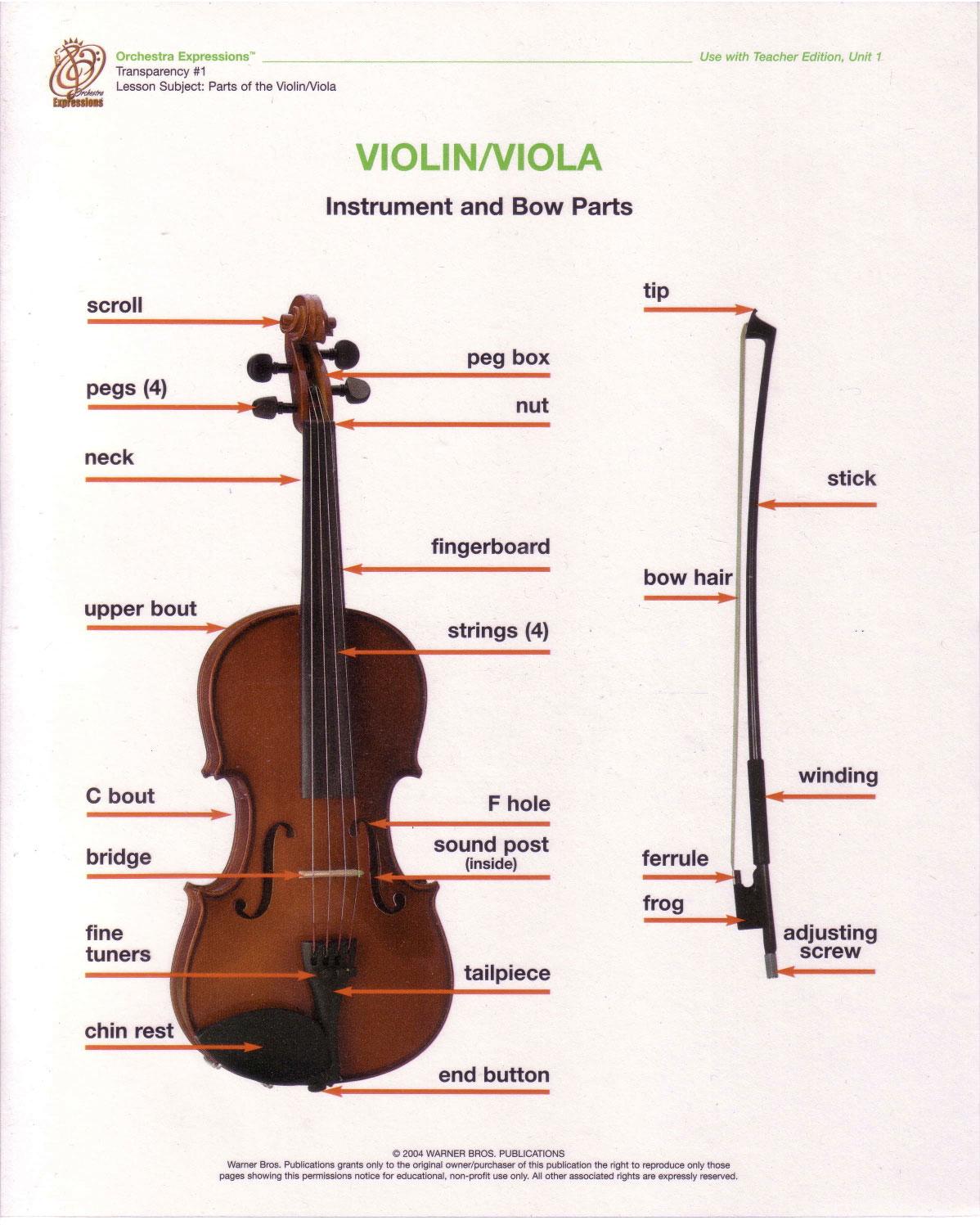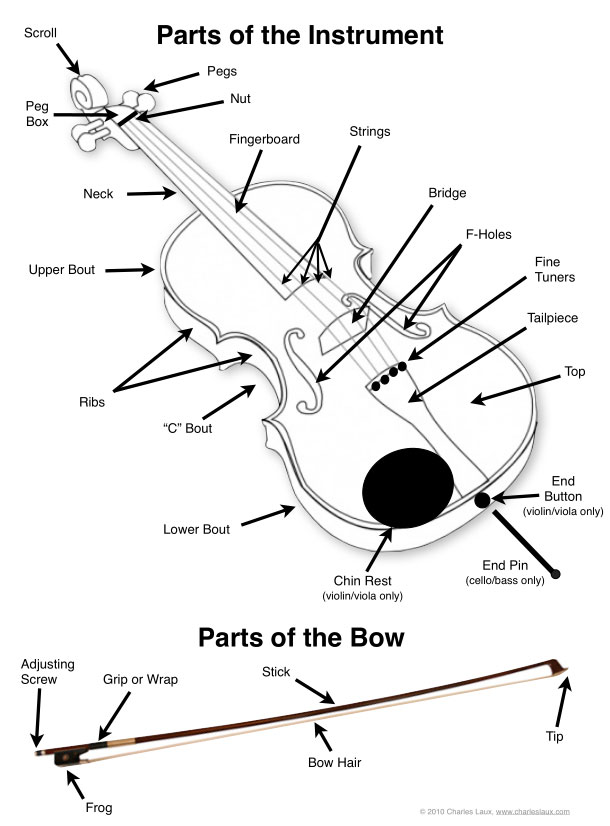
● Pegs : Four tapered, sturdy pegs (ebony or mahogany) are inserted into the holes of the peg box, which are mainly used to make each string pass through the hole on the peg and be wound and burned. Above, the position of the string is fixed and the tightness of the string can be adjusted, which is the so-called tuning of the string's pitch.
● Peg box : In the part of the neck that extends to the vortex head, four holes are drilled to insert the pegs.
● Scroll: The top of the neck of the violin, which extends from the peg box into a curved head with baroque decoration.
● String: The materials used to make the strings include sheep intestines, gold, silver, aluminum, alloy copper, nylon, etc. The structure can be single or twisted. The tuning of the four strings of the violin is G (frequency 196 Hz), D (frequency 293 Hz), A (frequency 440 Hz), and E (frequency 660 Hz).
● Nut: A small piece of ebony wood attached to the neck of the violin, with grooves, used to determine the position of the four strings, and to raise the strings to the top of the fingerboard.
● Fingerboard: It is made of ebony wood. Because it is fixed on the neck, the player can press the strings on the fingerboard when the player's left hand touches the strings. The cross-section of the fingerboard is arc-shaped, starting from the end of the string pillow, the width is increasing, so that the interval of the strings across the bridge is widened, so that the bow extends roughly to the position of the f hole.
● Bridge: It is made of maple wood and rests on the panel. It is fixed between the strings and the panel only by the pressure of the strings to support the strings so that the strings are appropriately higher than the panel and the fingerboard.
● Tailgut is a thread loop tied to the stringer, twisted with catgut, metal wire or nylon thread, used to fix the stringer on the tail button.
● Button: Insert the bottom wooden block to make the tail gut loop and on the top to consolidate the string board.
● Saddle: A small piece of hardwood made of ebony, used to protect the bottom of the end edge of the panel (because the tail gut loop will press on it).
● Top plate: Also known as the panel, it is made of spruce. Two sound holes are opened on the panel, because the shape is called F-holes, and it is embedded in the groove on the edge of the panel A narrow border (Purfling), used to protect the edge and for decoration.
● Bassbar: A thin and curved spruce or pine wood, glued under the panel, located under the bass foot of the bridge (as shown in the left foot of the bridge).
● Soundpost: a small wooden stick made of spruce or pine wood, installed vertically between the front panel and the back panel, at the foot of the treble of the bridge (as shown in the right foot of the bridge).
● Rib: Six thin maple side panels are bent and shaped after heating, and the joints are reinforced by internal wooden blocks. One on each of the four outwardly curved corners, one on the bottom, and one on the top. One piece, and a lining (Linging) is glued on the inner edge of the side panel, in order to make the side panel, the front panel and the back panel firmly glued together.
● Back plate: Made of maple wood.
